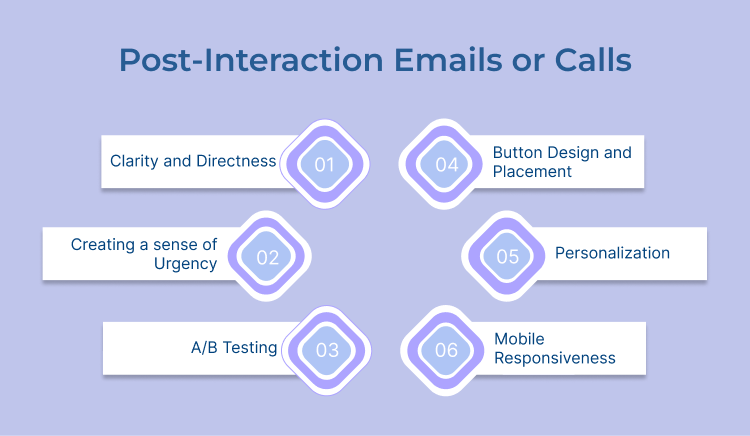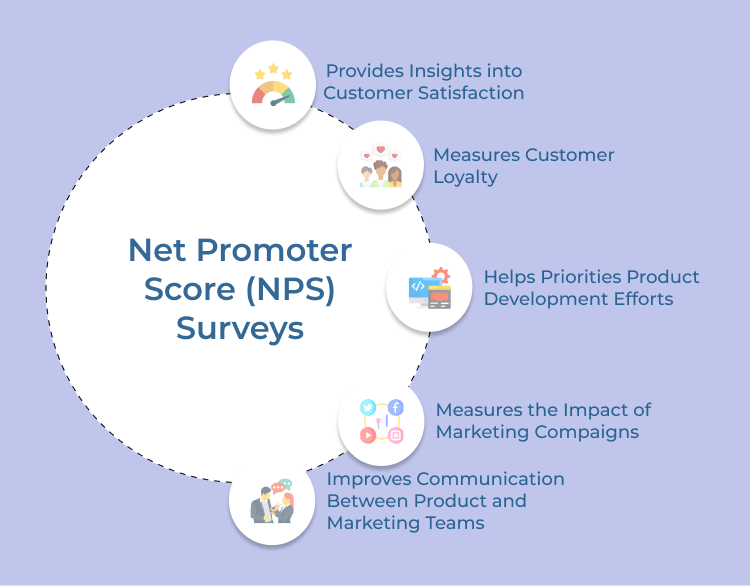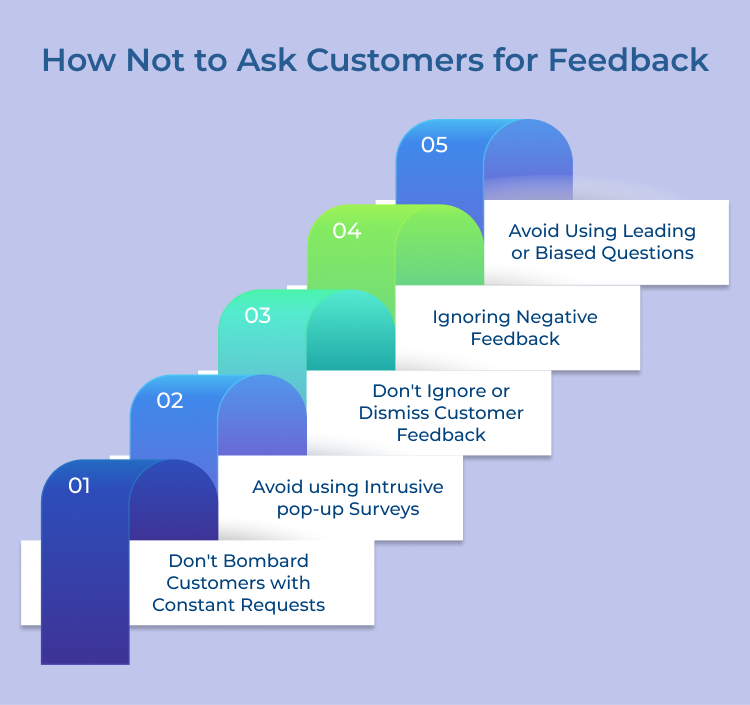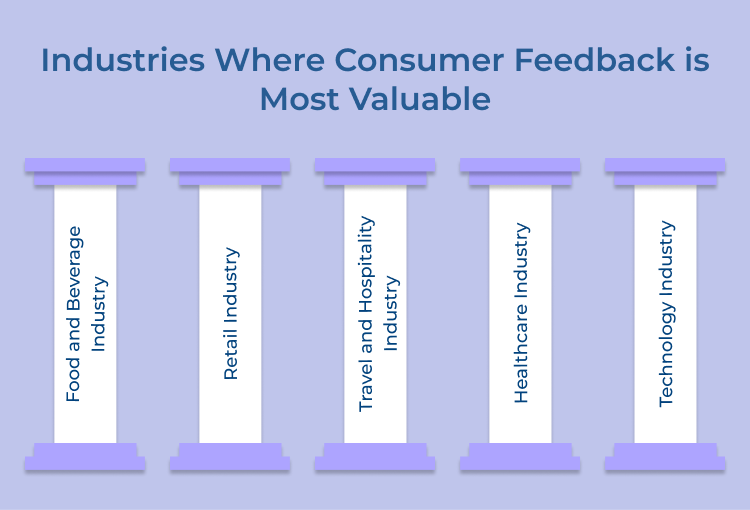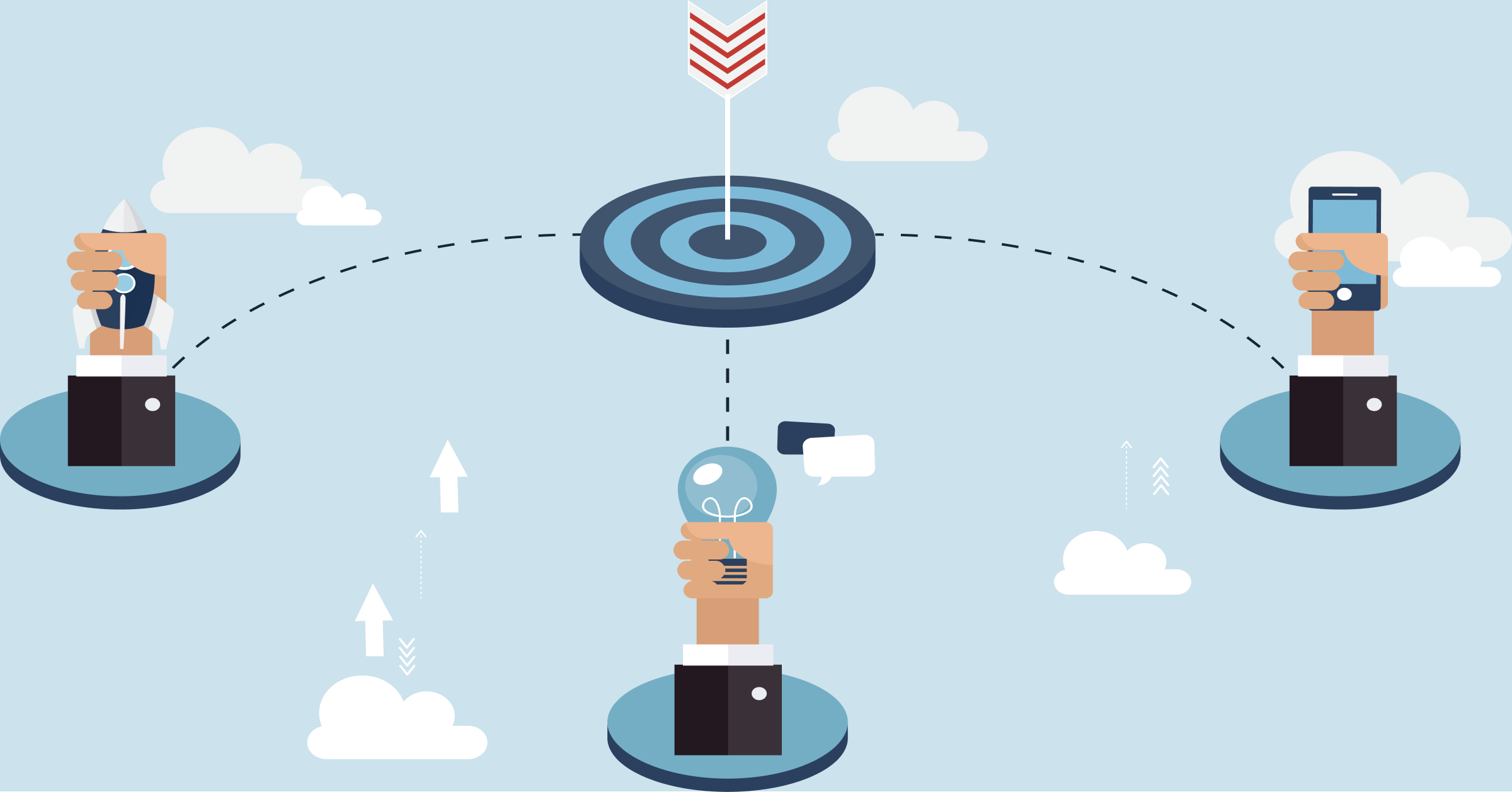1. Food and Beverage Industry
Consumer feedback is essential for the food and beverage sector ensuring that products meet consumer preferences in terms of taste, packaging, pricing, and overall quality. Companies in this industry often rely on consumer feedback to develop new products, improve existing ones, and address any issues that arise.
2. Retail Industry
Acquiring feedback is important for the retail sector to understand customer preferences, shopping habits, and overall satisfaction with the shopping experience. Retailers use consumer feedback to make decisions about product selection, pricing, store layout and customer service initiatives.
3. Travel and Hospitality Industry
Asking for customer feedback in the travel and hospitality industry is crucial for ensuring that guests have a positive experience when staying at hotels, dining at restaurants, or using other travel-related services. Companies use consumer feedback to identify areas for improvement, enhance customer service, and maintain a high level of customer satisfaction.
4. Healthcare Industry
In the healthcare industry, customer feedback is valuable for understanding patient preferences, experiences, and outcomes. Healthcare providers use patient feedback to improve the quality of care, address any issues that arise, and enhance overall patient satisfaction.
5. Technology Industry
Customer feedback in the technology industry, consumer feedback is essential for developing new products, improving existing ones and staying ahead of the competition. Companies in this industry rely on consumer feedback to identify bugs, gather feature requests and ensure that products meet consumer needs.
The Road Ahead: Continuously Improving Through Customer Feedback
Customer feedback is a valuable tool for businesses looking to continuously improve and stay ahead of the competition. By listening to customer needs, companies can make informed decisions that lead to better products, services, and overall customer satisfaction.
Implementing a system for collecting and analyzing customer feedback is crucial for success in today’s competitive market. With a commitment to incorporating customer feedback into their strategies, businesses can pave the way to a successful road ahead.



